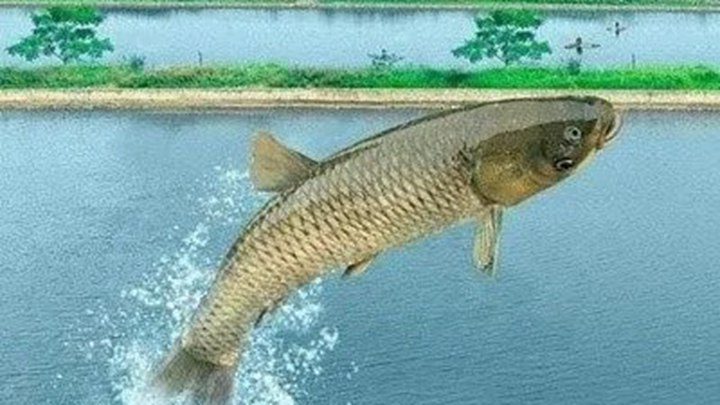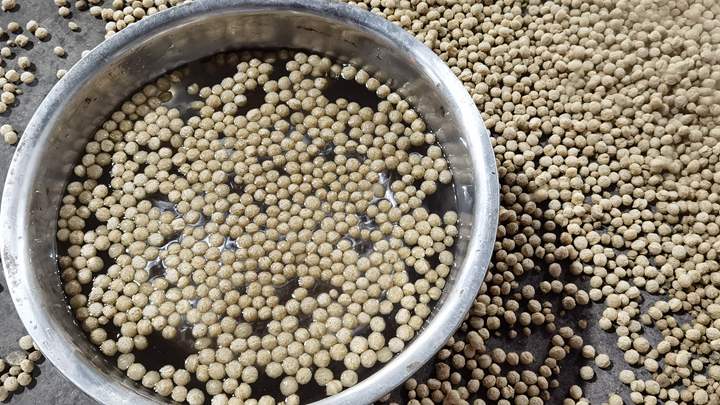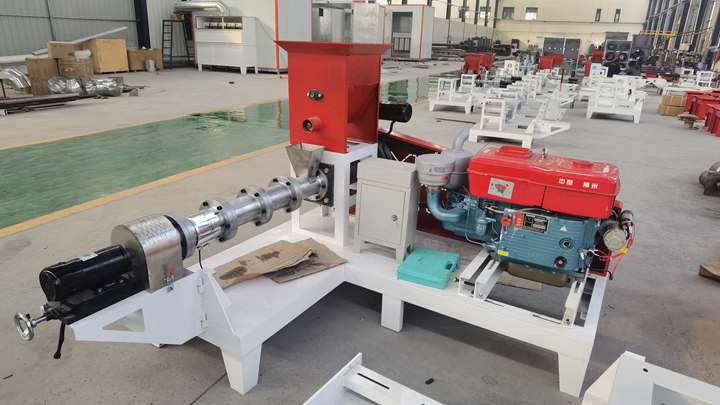The water temperature requirements of various aquatic species in aquaculture, if you want to raise a fish well, you must know its characteristics, for example, what temperature is it suitable for? How much protein do I need to eat? Frequent outbreaks of disease? Temperature is important here, and knowing the optimum temperature for its growth can help improve feed utilization and reduce costs!
Different fish groups are adapted to different growth environments, it’s important to have a suitable growing environment for fish farming and this requires the assistance of experienced fishermen. Lima Machinery has been in the fish feed production industry for more than ten years. After continuous communication with customers, we have accumulated a lot of fish farming experience. If you have any questions about fish farming, please feel free to contact us, our technicians will provide you with a complete solution.
Different growing environments for different fish
1. Catfish
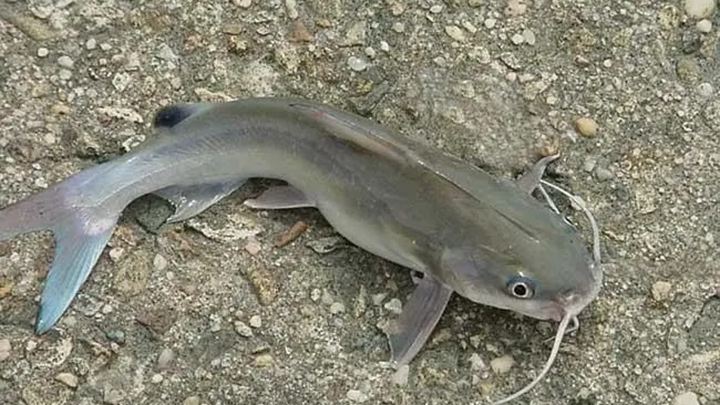
Catfish generally live in the middle and lower layers of lakes or ponds and can adapt to various environments. They can grow even if the water quality is not good. They belong to scavenging fish. They eat a lot but do not exercise much, so they grow very fast. Although catfish have strong survivability and do not have high environmental requirements, if there is too much dirt in the water, the ammonia nitrogen content will be greatly increased, making the water environment very poor, affecting the growth and development of catfish. Put catfish in the right water temperature Moreover, when cultured in clear water, they will grow faster and can better increase production.
2. Tilapia
Tilapia does not have high requirements for the growth environment and can grow in freshwater, seawater, lakes, ponds, and even small areas of water and rice fields. It has strong resistance to hypoxia, the survival temperature is 15-35 °C, and the most suitable water temperature for growth is 23-32 °C. When the water temperature is higher than 40-41 °C, the fish will die. They are omnivorous fish, mainly feeding on herbs.n
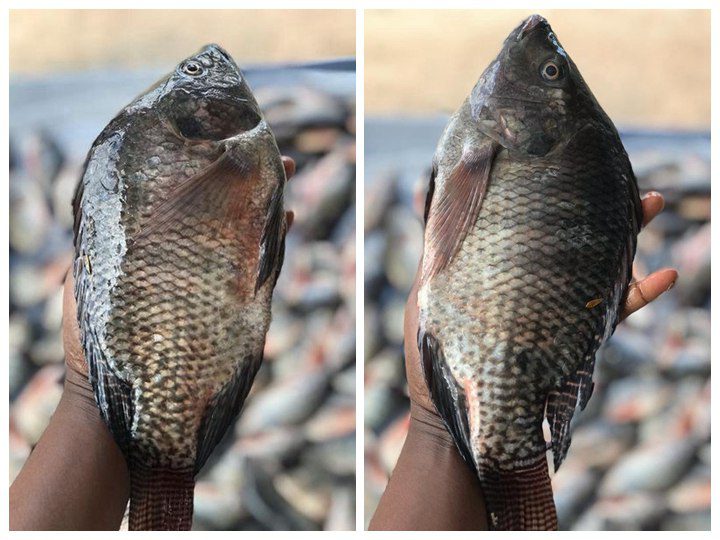
Tilapia mostly grow in freshwater, but they do not have high requirements for the growth environment and have strong survival and reproduction capabilities. They can grow and reproduce normally regardless of whether they are deep or shallow, sea or fresh, and whether the area is small or not. They are omnivorous fish. , but mainly feed on herbivores.
Tilapia live in freshwater, saltwater with different salinity content, and shallow water in lakes, rivers, and ponds. It has strong adaptability, can reproduce in small areas of water, even grow in paddy fields, and has strong adaptability to water with less dissolved oxygen. The vast majority of tilapia are omnivorous, often eating aquatic plants and debris.
3. Carp
The carp has strong adaptability and can survive in various waters and even harsh environmental conditions. It likes to move in the lower layer of the coastal waters on the large water surface. It especially likes the environment with aquatic plants and soft bottom. It can dig mud for food. The carp is a typical one. For omnivorous fish, neither vegetarian bait nor meat bait is picky.
4. Crucian carp
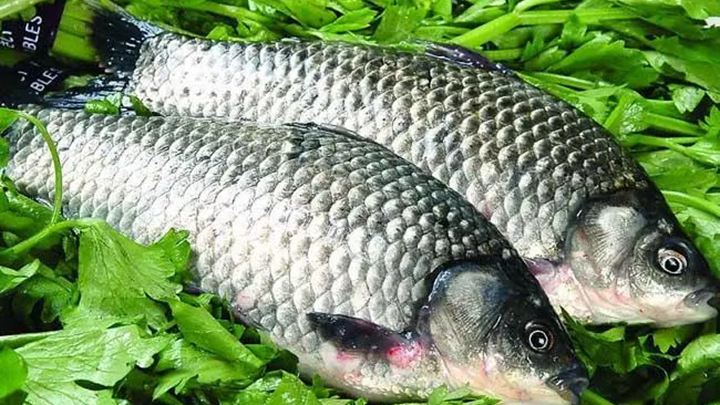
Crucian carp are a widely adaptable fish. It can live in deep water, shallow water, clear water, turbid water, flowing water, large water bodies, and small water bodies. They like to live in shallow rivers and lakes along the shores of shallow rivers and lakes, with strong vitality. It can grow even in poor waters with low oxygen and high alkalinity. It is also an omnivorous fish.
5. Grass carp
Grass carp is a herbivorous fish. It loves vegetarian food such as tender grass, corn, and reed, but sometimes also eats food such as smoked fish. Grass carp like a high-temperature environment and high oxygen environment. Grass carp are semi-migratory fish that lives in the middle and lower layers of the water. It can swallow vegetable leaves and grass stems on the surface of the water. It has a lively temperament and swims quickly. It often feeds in groups.
Precautions for fish farming
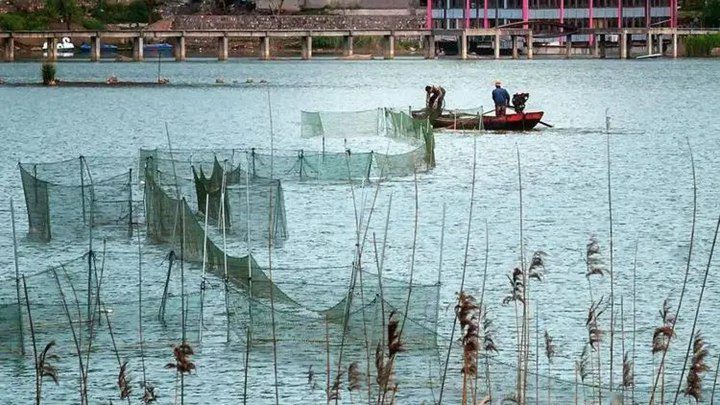
- Choose fish: In addition to the variety and color, buy fish to see the ratio of eyes and body, whether there is any disease on the body, whether the fins are open, understand the habits of the fish to be purchased, and the breeding method.
- Change the water: After buying the fish, soak the fish together with the bag in the tank for 1 hour, during which a little water in the tank is added to the bag every ten minutes, and a little water is drawn from the bag to pour it out until the water in the bag is almost in the tank. The water in the room is replaced. Finally, carefully fish the fish into the tank. Some people think that sinking the bag together in the tank will not hurt the fish, but the water in the bag will inevitably be left with the original water, which is even worse to bring in germs. Be careful when fishing, using your hands or a larger net.
- Two-stage seedling placement: Due to the inconsistent specifications and poor resistance of fish fry that have just been introduced and transported, if they are directly put into the pond, it will cause them to consume too much physical strength due to excessive activity and be unable to finish the feed in the pond, and the feed residue will also be harmful to the water body. create pollution.
If the two-stage method of raising fry in a small pond is adopted, and then put in a large pond, it is not only convenient for daily management but also enables the fry to adapt to the new environment and ensures that they can survive in the small pond. When they grow in the middle, they can eat enough feed to promote their growth rate.
When the size of the fry in the small pond reaches about 10-15cm, only the larger fish can be taken out and put into the large pond for cultivation, while the small fish will continue to be intensively raised in the small pond. This method can make the growth rate of the fish group basically the same, and also avoid the phenomenon of big fish eating small fish, which is convenient for unified management and improves the survival rate of the fish group.
- Reasonable feeding: When feeding the feed, it is necessary to strictly control the quantity. It is best to keep as much feed as there are fish in the pond, and must not be fed blindly. When feeding the feed, it is necessary to divide the feeding points into several feeding points, spread the bait evenly, and pay attention to feeding a small amount several times to avoid the phenomenon of uneven hunger and satiety in the fish group. When the fry was first cultivated, they were mainly fed with animal feed. As the fry continued to grow, they could be gradually added and switched to plant-based feed. The animal and plant feeds were combined to ensure balanced nutrition. Generally, they were fed every day. The amount of feed should be about 5-8% of the total weight of the fish. According to the growth state of the fish, the amount of feed should be adjusted every 7 days or 15 days.

